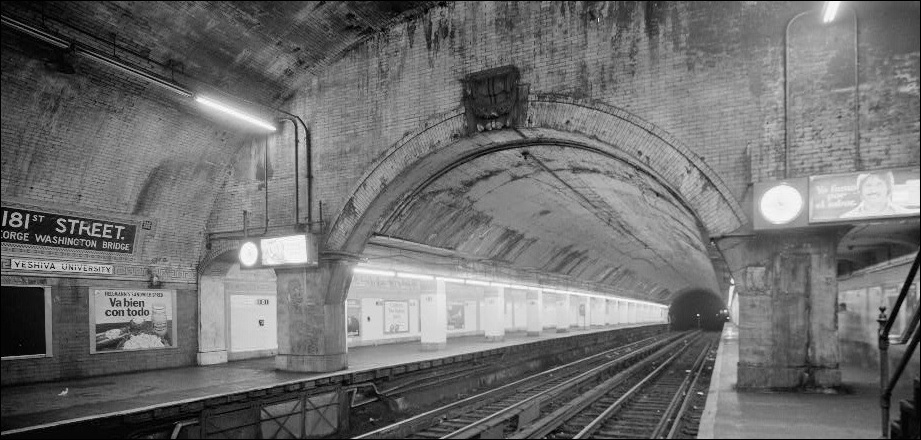
The Reason Behind the Inactive Crane in Madison Square Park

**Nicole Eisenman’s “Fixed Crane”: A Monumental Dialogue on Urban Development in NYC**
If you strolled through Madison Square Park recently, you might have seen something unexpected: a 1969 bright red crane lying on its side in the middle of the park. The unusual spectacle is not a part of a construction mishap but rather the latest public art commission by the Madison Square Park Conservancy. Titled *”Fixed Crane”*, this artwork by renowned artist Nicole Eisenman marks the culmination of the Conservancy’s 20th-anniversary celebrations and will remain on display until March 9, 2025.
### An Unusual Subject: The Crane
But why choose a crane, of all things, as the subject of art? Eisenman’s choice is deliberate and deeply symbolic. In New York City, cranes are omnipresent, often towering over construction sites, signifying growth, development, and the ambitious drive towards skyscraper-dotted horizons. However, instead of being tall and imposing, *”Fixed Crane”* is presented in an uncommon manner: lying horizontally on one of the park’s lawns. This positioning of the crane is intentional, sparking questions about the role of urban development in the city and its impact on public space.
### The Politics Behind the Art
Eisenman’s crane goes beyond being a mere installation; it’s a commentary on the striking contradictions of New York City’s development projects. During the project’s introduction to the public on October 23, the artist elaborated that the crane’s posture — reclined on the ground without reaching for the sky — symbolizes a critical response to the city’s recent real estate trends. She questions the immense investments poured into towering, opulent buildings that primarily benefit the wealthy, while public spaces become neglected or repurposed in ways that reduce accessibility for ordinary city-dwellers.
Expressing her concerns, Eisenman remarked: “I love a dynamic skyline as much as the next guy, but shouldn’t these over-scaled and opulent building projects have to participate in the life of the city and not simply be citadels for the rich?”
This sentiment stems from her personal experience of seeing a once-busy supermarket near her studio repurposed into an empty high-end lobby accessible only to a select few. Through the placement of this horizontal crane in a central Manhattan park, Eisenman draws attention to the pressing issue of diminishing public spaces in favor of commercial infrastructures that exclude the wider public.
### The Crane as a Playground for Reflection
*”Fixed Crane”* isn’t just about urban commentary. It also invites park-goers to interact and reclaim the very space dwarfed by development. The crane, originally a 1969 Link-Belt model shipped in from Kentucky, is strewn with various subtle embellishments, offering an interactive experience. Viewers can sit on sections like its massive 4,000-pound counterweight or enjoy other thematic seating areas scattered throughout the lawn. Symbolically, Eisenman’s installation allows visitors to ‘reclaim’ the construction equipment, making a subtle yet powerful statement about the people’s role in shaping their environment.
For the more curious, the crane has some secret, playful surprises hidden in plain sight. For instance, there is a mysterious peephole — an intriguing invitation for visitors to peer inside and discover what lies beyond. These playful yet poignant touches make *”Fixed Crane”* not just an artwork to be observed from afar but one to be explored, inviting engagement from passers-by.
### From Crane to Cultural Critique
Eisenman thoughtfully likens the crane to a giant knocked-over toy, a metaphor for a city struggling with its aims to reach ever-greater heights while leaving behind the people who live closest to the ground — New York’s common inhabitants. She explained, “The crane, lying down in its urban pasture, has opted out. It’s dreaming of what could be.”
By presenting the crane in repose, an object that symbolically raises skyward ambitions now dreams of alternative futures — futures where development serves the common good rather than the few. This speaks to a broader vision where everyday citizens have more claim over the spaces they inhabit, and city landscapes evolve to accommodate all individuals, irrespective of their socioeconomic standing.
### A Future Rooted in Creativity and Inclusivity
With *”Fixed Crane”*, Eisenman opens up a dialogue about land use in New York City by playing with the traditional imagery of cranes, which are so often associated with perpetual growth and financial success. This installation aims to remind us of the human element that should remain at the forefront of urban planning — spaces that serve people first, rather than profit.
Whether you see the crane as a toy, a symbol of resistance, or a critique of capitalism’s grip on New York’s skyline, Nicole Eisenman’s artwork invites reflection on what the city’s development should prioritize in the coming years. Through humor, playfulness, and layered meaning, *”Fixed Crane”* offers a dynamic meditation on the complexities of urban